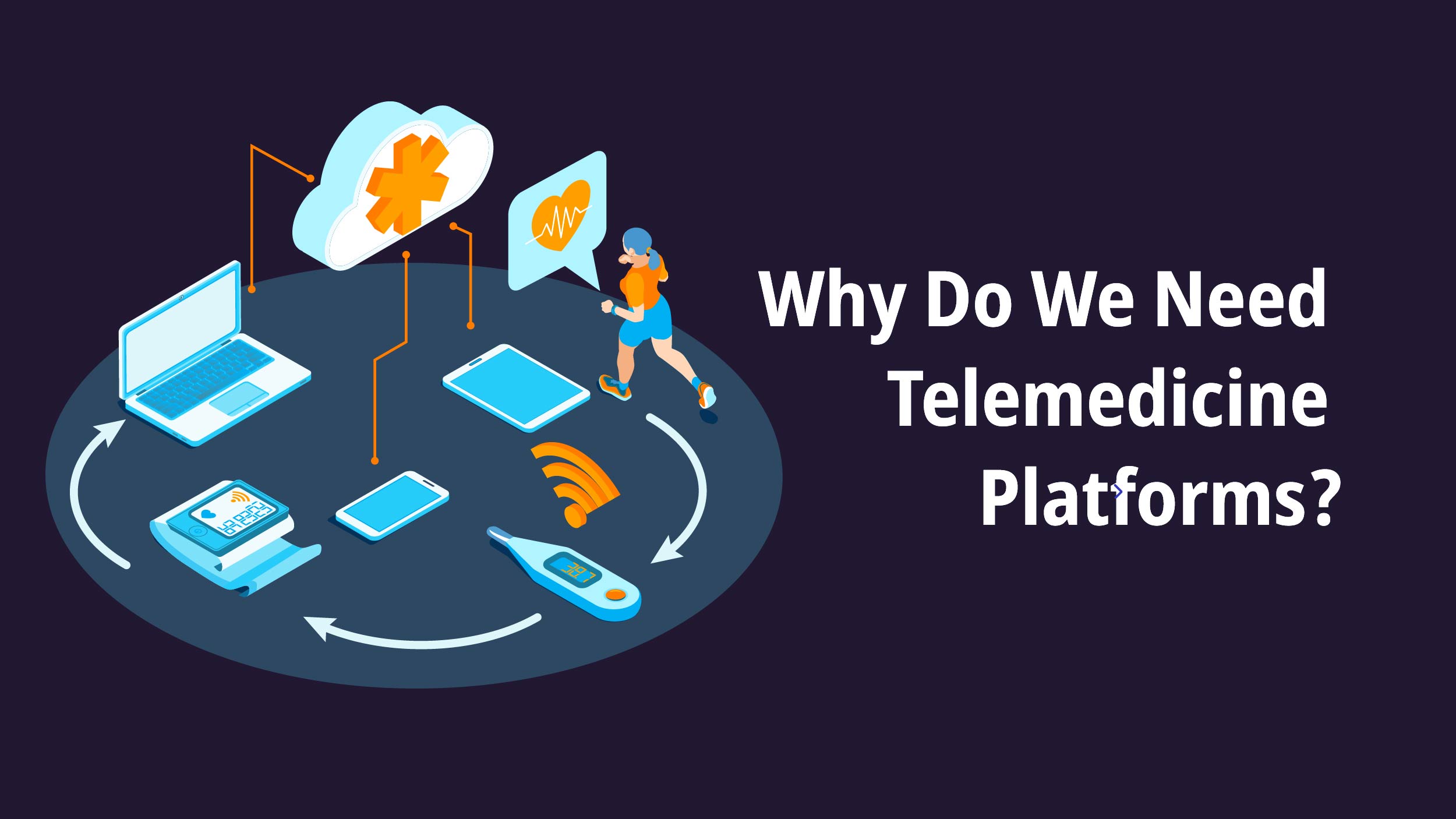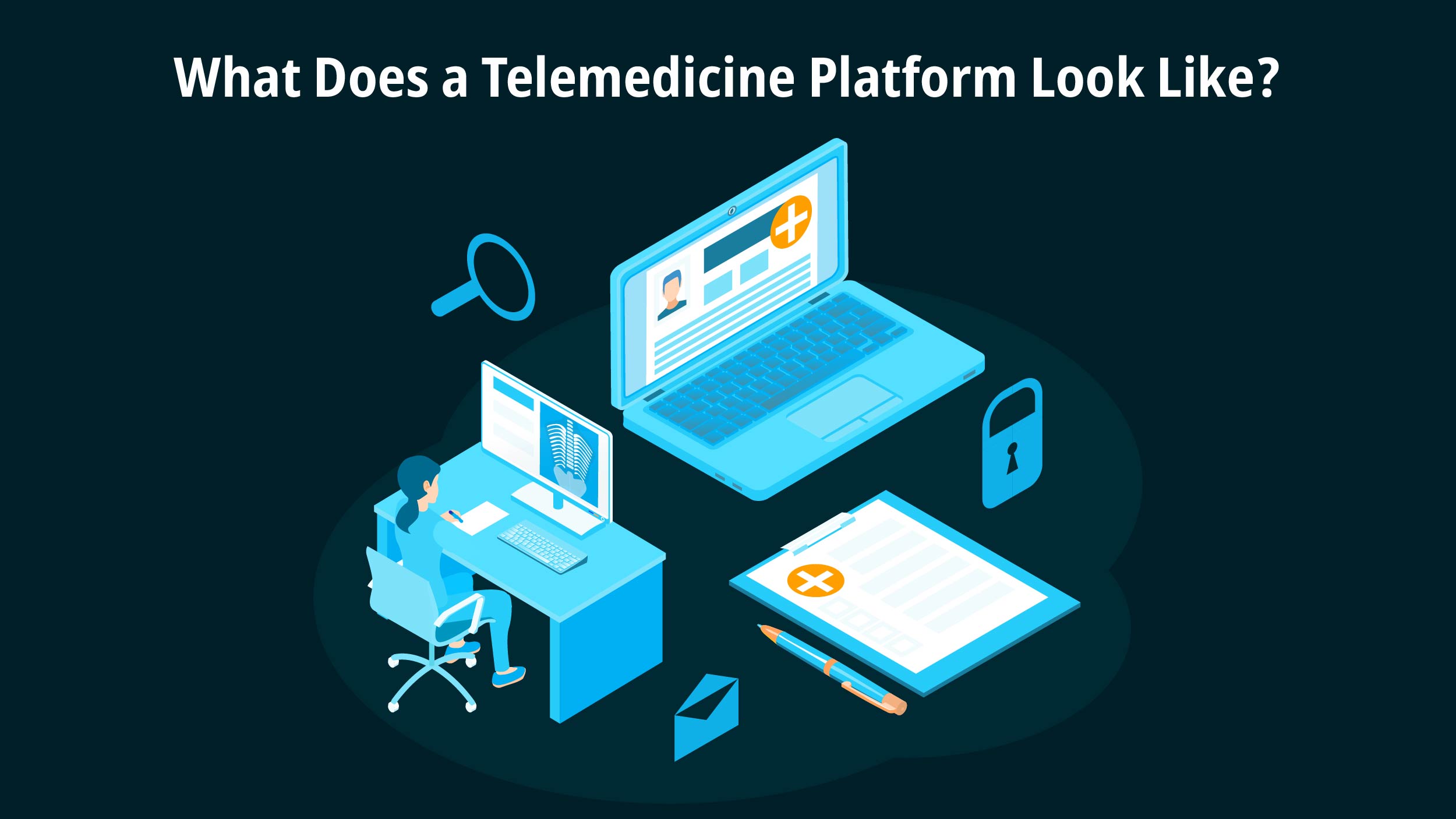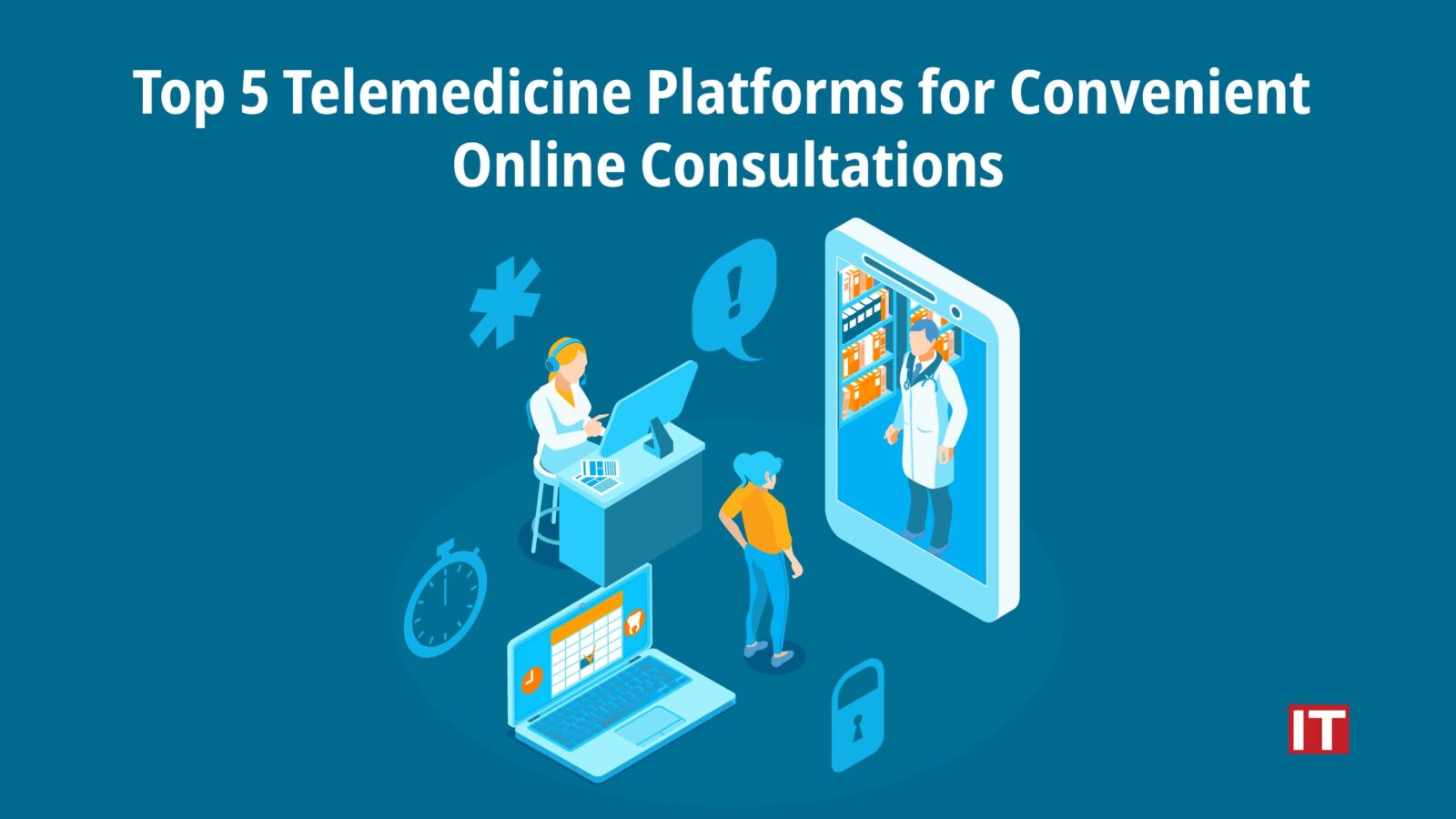Have you ever been sick but couldn’t go to the hospital because of work or not having someone to go with you? Wouldn’t it be great if you could just book an appointment or talk to a doctor through an app? You’re not alone. That’s what telemedicine platforms offer. Let’s explore the top 7 telemedicine software options so you can easily access medical help when you need it.
What Is A Telemedicine Platform?
A telemedicine platform offers the essential infrastructure and technology tailored for medical purposes, distinguishing it from conventional mobile phones or standard video conferencing tools. Its primary objectives include supporting coordination, patient satisfaction, and the quality of consultations. Furthermore, telemedicine platforms are equipped to capture analytics and performance metrics, aiding healthcare organizations in assessing the quality of care delivered.
Additionally, they foster online collaboration among patients, providers, and staff, and can facilitate international cooperation, utilizing real-time video for patient-provider interactions. These platforms are meticulously designed to ensure the reliable delivery of healthcare services and information, facilitating efficient communication between patients and healthcare providers through diverse channels, including text, audio, and video.
Why Do We Need Telemedicine Platforms?
 Telemedicine platforms play a crucial role in addressing escalating healthcare costs and enhancing treatment outcomes. By fostering improved connectivity between physicians and patients, they reduce hospital readmissions, promote better adherence to care plans and facilitate remote medical treatment through methods such as video chat. Moreover, these platforms support doctor-to-doctor communication, skill exchange, and the delivery of superior healthcare services. Despite facing technical challenges and criticism, telemedicine serves as a valuable tool that can augment the overall patient experience and modernize healthcare delivery.
Telemedicine platforms play a crucial role in addressing escalating healthcare costs and enhancing treatment outcomes. By fostering improved connectivity between physicians and patients, they reduce hospital readmissions, promote better adherence to care plans and facilitate remote medical treatment through methods such as video chat. Moreover, these platforms support doctor-to-doctor communication, skill exchange, and the delivery of superior healthcare services. Despite facing technical challenges and criticism, telemedicine serves as a valuable tool that can augment the overall patient experience and modernize healthcare delivery.
The frequency of telehealth claims has reached a stable level that is 38 times higher than pre-pandemic levels. This substantial increase reflects the remarkable growth of the telemedicine technologies industry, which is projected to achieve a 16.5% compound annual growth rate (CAGR) and generate an estimated $82 billion by 2028.
What Does a Telemedicine Platform Look Like?
 A telemedicine platform can take various forms depending on its purpose and intended use. It typically comprises secure telehealth software systems that can be installed on a medical practice’s computers and stored on their servers, or it may be a cloud-based solution accessible online. Alternatively, it could be a mobile app allowing physicians to conduct telemedicine consultations via smartphones.
A telemedicine platform can take various forms depending on its purpose and intended use. It typically comprises secure telehealth software systems that can be installed on a medical practice’s computers and stored on their servers, or it may be a cloud-based solution accessible online. Alternatively, it could be a mobile app allowing physicians to conduct telemedicine consultations via smartphones.
In situations where physicians provide care in remote areas, the platform might resemble a mobile device with an integrated screen, enabling them to record medical data, document patient encounters, and transmit information to remote health facilities or specialists.
The term “telehealth platform” encompasses these diverse solutions, whether they are mobile apps, locally installed software, or systems accessed via telehealth providers’ mobile medical devices. Typically, telehealth platforms offer a range of features, allowing physicians to conduct telehealth in various ways. This could include secure, high-resolution video consultations with patients, sharing medical images, real-time text messaging or online chats, and submitting prescriptions directly to the patient’s pharmacy.
What is the Best Telemedicine Software?
The best telemedicine platforms offer patients access to trusted providers, robust data security measures, high uptime, user-friendly interfaces for both patients and providers and appealing payment structures. Let’s have a look at the top five software out in the market.
- Teladoc
- Sesame Care
- PlushCare
- MeMD
- HealthTap
Teladoc
Teladoc, one of the pioneering telehealth companies in the US, was established in 2002 in Dallas, Texas. Initially, the company offered on-demand consultations with licensed doctors. In 2015, founders Byron Brooks and Michael Gordon took the company public, leading to significant changes.
Today, Teladoc, along with similar platforms, primarily generates revenue through monthly and annual subscriptions from enrolled patients. This model offers healthcare providers flexibility in scheduling and provides patients with on-demand services.
Sesame Care
Sesame Care emerged as a formidable competitor to Teladoc, earning the top spot as the #1 telehealth company in the US in 2021. Founded in 2019 by healthcare reform advocate David Goldhill, the platform experienced remarkable growth, expanding 25 times in its second year. Sesame Care prioritizes longer patient visits, increased transparency in healthcare, and better pay for doctors by eliminating intermediaries.
Enrollment with Sesame Care is straightforward: practitioners can list their practice directly or reach out via email to doctors@sesamecare.com. The signup process is facilitated through the Sesame Care Provider portal.
PlushCare
PlushCare, headquartered in Silicon Valley, provides a range of healthcare services including ongoing care, urgent care, online prescriptions, therapy, and mental health support to patients across the US. Founded in 2014 by Ryan McQuaid through a crowdfunding campaign, McQuaid previously served as a lead product manager at AT&T’s mHealth platform. Patients can access medical advice through video chat, text chats, and phone appointments on the platform.
MeMD
MeMD is a telemedicine platform that utilizes its system to deliver video, audio, and asynchronous telemedicine services. It provides a tailored, HIPAA-compliant platform for video and audio connections via computers or mobile devices, and it supports a panel of healthcare providers who are compensated for their clinical services. Users have 24/7 access to urgent and primary care physicians, as well as behavioral health clinicians offering talk therapy and other psychiatric interventions through the platform.
HealthTap
HealthTap, launched in January 2010 from Mountain View, California, is the world’s first global health practice. It offers patients worldwide access to doctors through voice, text, and video communication. The platform engages volunteers from around the world to democratize health information and provide doctor insights in all languages. HealthTap’s network comprises nearly 140,000 licensed doctors in good standing, offering interactive health information and peer review. The company’s doctor network spans 170 countries and has garnered media coverage in prestigious publications such as The New York Times, Forbes, and TIME. Additionally, HealthTap provides 24/7 immediate access to top doctors via video, text, or voice, and has launched a global translation program to localize doctor insights to all languages worldwide with the help of volunteers under doctor supervision, oversight, and validation.
Final Takeaway
Telemedicine platforms are making healthcare more accessible, especially in areas with limited options for in-person care. They’re also convenient for busy people who need easy and affordable medical solutions. Patients often seek additional services like remote patient monitoring, so it’s important to choose a platform that can meet their needs. As a healthcare provider, using an online telehealth platform can offer flexibility in your schedule, reduce time spent away from home, or provide extra income. Telehealth opens up many opportunities in healthcare, and no matter your role, it’s a dynamic field with plenty of potential.
































